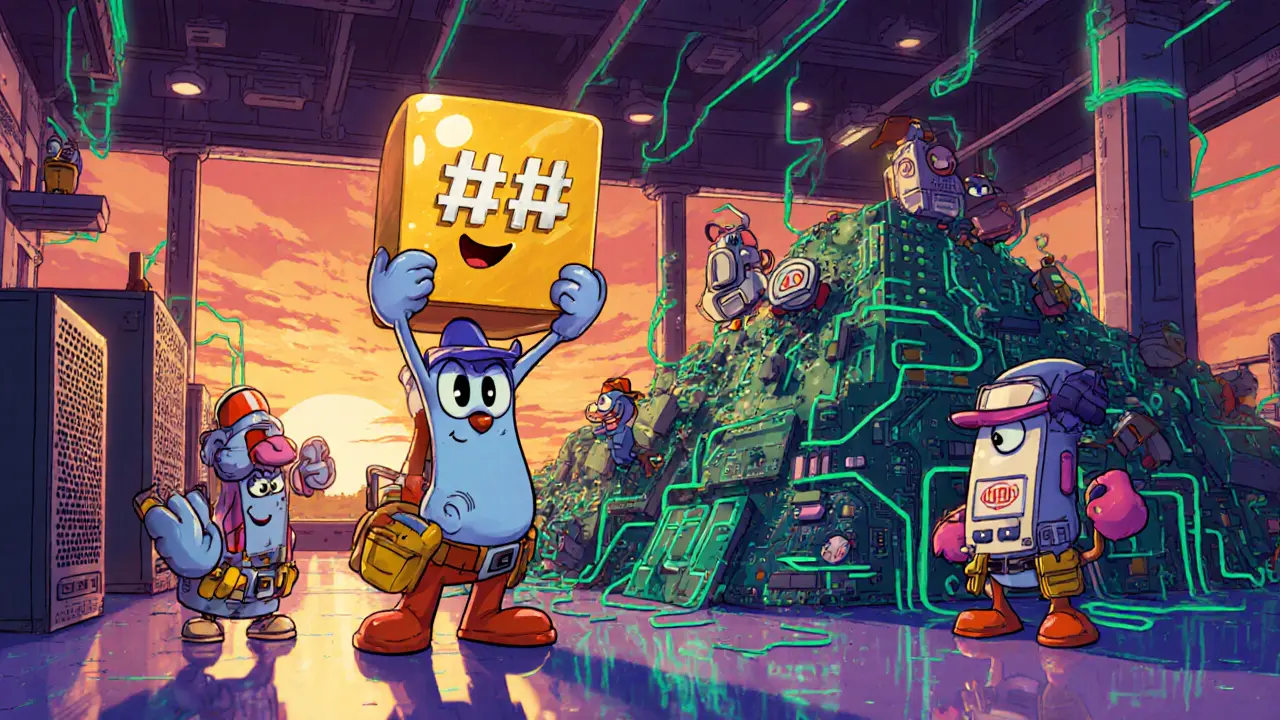How Does Blockchain Work? Explained in Simple Terms
When talking about Blockchain, a distributed, tamper‑proof ledger that records transactions across many computers. Also known as distributed ledger technology, it enables trust without a central authority. Blockchain encompasses Consensus Mechanism, a set of rules that tell nodes how to agree on the next block. This agreement is what gives the network finality and prevents double‑spending. The technology also requires Smart Contracts, self‑executing code that runs exactly as programmed, opening up use‑cases beyond simple payments. And because most public blockchains host a Cryptocurrency, users can move value instantly across borders. Understanding these building blocks helps you see why blockchain is more than just a buzzword—it’s a new way to store and verify data.
Key Components That Make the System Tick
At its core, a Decentralized Ledger spreads copies of the entire transaction history to every participant, so no single point can alter the record. This structure enables transparency and resilience, because if one node fails the others keep the chain alive. The ledger is organized into blocks linked by cryptographic hashes; each hash references the previous block, forming an immutable chain. When a new block is proposed, the consensus mechanism—whether Proof‑of‑Work, Proof‑of‑Stake, or another model—validates it before nodes accept it. Once accepted, the block becomes part of the permanent record, giving the system its famed security. Meanwhile, smart contracts sit on top of this ledger, reacting to events and automating complex workflows without human intervention. Together, these pieces create a platform where developers can build decentralized applications (dApps) that run exactly as intended.
Pulling all these ideas together, you get a picture of a system that can power everything from simple crypto transfers to sophisticated supply‑chain tracking, voting systems, and token‑based governance. Below you’ll find articles that break down each piece in more detail—reviews of specific blockchains, deep dives into finality trade‑offs, guides on smart‑contract security, and real‑world use cases like clinical‑trial data management. Whether you’re curious about the tech, looking to pick a chain for your project, or just want to understand why crypto prices move, the collection gives you practical insights you can act on right away.

